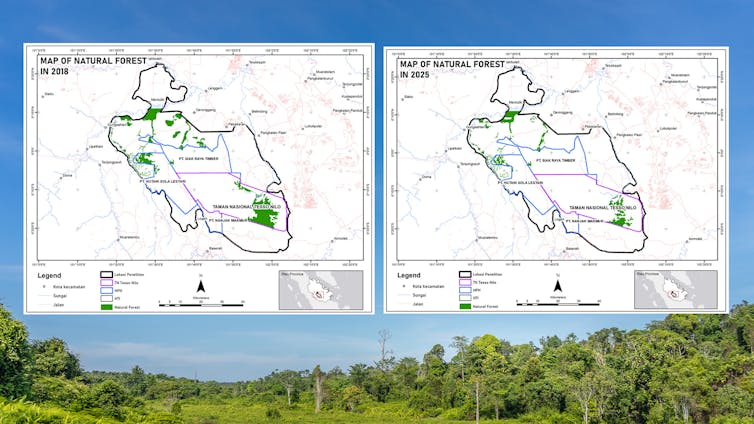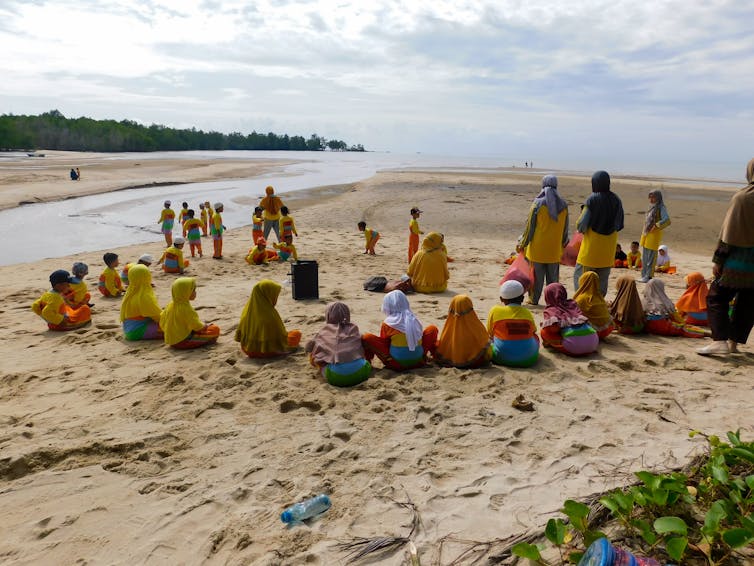HKU’s COSA Osteoporosis Community Screening Program Identifies Over 1,000 High-Risk Seniors from 5,000 Screenings
- Written by COSA
Professor Cheung Ching-lung, Associate Professor of the Department of Pharmacology and Pharmacy at the LKS Faculty of Medicine, HKU, and Convenor of the COSA Community Screening Programme, alongside officiating guests, co-organizers and programme advisors, officially kicks off World Osteoporosis Day 2024 and the COSA screening for over 1,020 elderly participants.
Senior Health Ambassadors Unite Against Osteoporosis
Osteoporosis is a common bone disease, affecting approximately 30% of women and 8% of men in Hong Kong. However, the condition often goes undetected, with many patients only becoming aware of their diagnosis after experiencing a fragility fracture. Such fractures not only impair mobility but also significantly increase mortality risk. Furthermore, studies indicate that the annual treatment cost for hip fractures in Hong Kong can reach as high as HKD 660 million, highlighting the substantial burden of fragility fractures on patients, caregivers, and the public healthcare system.
As of August 2024, over 5,000 eligible seniors have completed the screening. The results revealed that nearly 30% (approximately 1,600 seniors) were identified as high-risk individuals who require referrals to doctors for follow-up and dual-energy X-ray absorptiometry (DXA) scans for diagnosis and treatment planning. The screening process also included an awareness survey, which indicated that many seniors have a limited understanding of osteoporosis and underestimate its serious consequences.
1. Approximately 80% of respondents were unaware that osteoporosis is a "silent disease"
Most patients do not exhibit any symptoms, yet only a small percentage (24%) of seniors recognized that osteoporosis can be asymptomatic. Many respondents mistakenly believed that knee pain (49%) is a symptom of osteoporosis, potentially leading them to overlook the seriousness of the disease. This lack of knowledge may result in delayed diagnosis and treatment.
2. Only about 20% of seniors had undergone a DXA scan
DXA is the gold standard for diagnosing osteoporosis; however, the survey found that only 22% of respondents had received a DXA examination, and over half had not participated in any osteoporosis-related screenings. This suggests a significant lack of awareness on bone health amongst senior individuals. Furthermore, the low DXA scan rates among seniors, especially when DXA scans are commonly available indicate a significant gap in osteoporosis screening and awareness. This suggests a need for improved education and access to bone health assessments.
3. The "screening followed by referral" model successfully encouraged over half of high-risk individuals to seek medical follow-up
Based on the findings from follow-up with high-risk individuals, approximately 60% consulted public or private doctors, and nearly 40% successfully underwent DXA scans. Of those diagnosed, around 90% were confirmed to have osteoporosis or osteopenia and began receiving treatment. This demonstrates that COSA can effectively identify osteoporosis patients, prompting early medical consultation to prevent fragility fractures. Furthermore, COSA is a hassle-free, publicly available, a risk predictor tool with just 4 questions that can be completed within 1 minute. The tool can effectively identify high risk individuals that needs further diagnosis with DXA scans. Hence, the use of COSA risk predictor tool is also cost-effective whereby DXA scans and resources can be prioritized for high-risk individuals.
Professor Cheung Ching-lung(Left 2), Associate Professor, The Department of Pharmacology and Pharmacy, LKS Faculty of Medicine, The University of Hong Kong, and Convenor of COSA and three elderly health ambassadors share findings of Community Screening Program.
Professor Cheung Ching-lung, Associate Professor, The Department of Pharmacology and Pharmacy, LKS Faculty of Medicine, The University of Hong Kong, and Convenor of the COSA Osteoporosis Community Screening Programme, stated, "The survey highlights a critical lack of awareness about osteoporosis among seniors in Hong Kong. Very few individuals undergo regular bone density testing. Osteoporosis is a condition that can be prevented, diagnosed, and treated. Early risk assessments are essential for preventing and managing the disease, increasing bone density, and reducing the risk of fractures." He further noted that international studies have shown that employing risk assessment tools in primary care settings for seniors is both cost-effective and significantly reduces the incidence of fractures and associated treatment costs, ultimately benefiting society as a whole.
A Three-Pronged Approach to Osteoporosis Prevention
To effectively tackle the threat of osteoporosis, over 20 experts from various medical societies and NGOs convened for a cross-sector meeting in June 2024. Professor Cheung Ching-lung noted that the expert group acknowledged the necessity of a three-pronged approach to successfully prevent osteoporosis:
1. Public Education: Educating the community, especially senior individuals, about fragility fractures and osteoporosis, including its implications, prevention, treatment and long-term care required for the disease.
2. Proactive Screening: Widely utilizing the COSA risk predication tool by incorporating COSA risk prediction tool as part of routine service in healthcare touchpoints such as elderly centers, district health centers and community pharmacists to identify high-risk individuals. High risk individuals can later on be referred for diagnosis with DXA scans. Utilize healthcare vouchers issued by the Department of Health for seniors can be used to as a co-payment DXA scans to encourage senior individuals to undergo osteoporosis screening.
3. Appropriate Treatment: Strengthening the roles of elderly centers, community health centers and pharmacies in ensuring a long-term care of osteoporosis elderlies. Enhance training for family doctors in managing osteoporosis, and establishing a "co-payment model" to reduce financial burden of patients to seek private healthcare services for timely treatment whilst preventing fragility fractures which subsequently resulting in broader financial and disability burden.
In response to World Osteoporosis Day on October 20, representatives from the HKSAR Government, healthcare community, and NGOs, along with nearly a hundred volunteers, gathered at Tuen Mun Ching Chung Koon to conduct a large-scale community screening today (October 6). This event screened over 1,020 local seniors aged 60 and above (symbolizing October 20) using COSA to raise community and citywide awareness of osteoporosis.
Hashtag: #TheUniversityofHongKong #COSA #ChineseOsteoporosisScreeningAlgorithm #COSAOsteoporosisCommunityScreeningProgram #Osteoporosis #HKUTheDepartmentofPharmacologyandPharmacy #ProfessorCheungChing-lung #WorldOsteoporosisDay
The issuer is solely responsible for the content of this announcement.
References
- ^ Media OutReach Newswire (www.media-outreach.com)
Authors: COSA
Read more https://www.media-outreach.com/news/hong-kong-sar/2024/10/06/331893/





